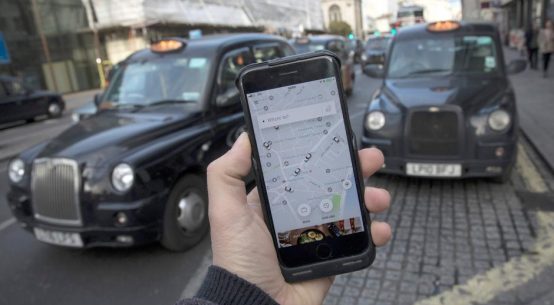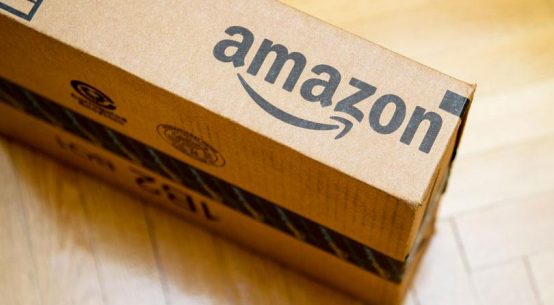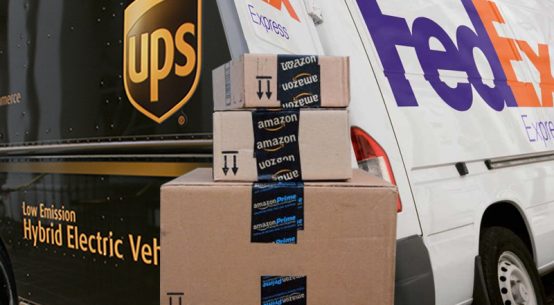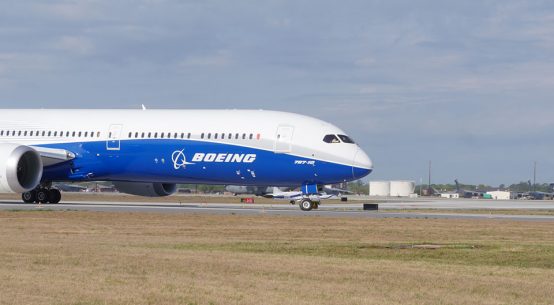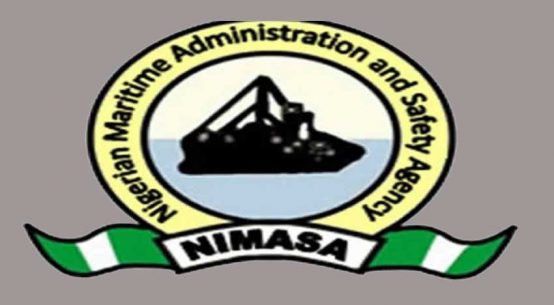
Goods once destined for Houston have wound up as far away as the Bahamas and Mexico
(WSJ) – Houston’s Seaport may take weeks to fully recover from Harvey, a rare long-term disruption at a major U.S. shipping center that will exact a financial toll on thousands of retailers and manufacturers.
Port Houston has warned shippers it is likely to be partially closed at least through Saturday. U.S. Coast Guard officials said Thursday that smaller vessels could enter, but have indicated it could be weeks before large container ships and oil tankers can safely navigate the Houston Ship Channel leading into the port.
Businesses across the region that relied on Houston for imports and exports are making tough decisions to prevent shortages of consumer goods and parts. Cargo once destined for Houston has wound up as far away as the Bahamas and Mexico. Many companies will have to pay to truck imports thousands of miles from Los Angeles or East Coast ports.
Alcohol distributor Southern Glazer’s has about 1,000 shipping containers full of wine and spirits that were waylaid by the storm, with some bottles winding up in the Bahamas and others stuck on trailers and railcars around Houston, said Bobby Burg, the company’s chief supply-chain officer. The distributor relies on Houston’s port to supply supermarkets, liquor stores and other businesses across the Midwest with imports from Europe and Australia, and it will cost up to 25% more to move them by truck or rail from the coasts, Mr. Burg said.
“The Port of Houston is critical for us” from Colorado to Indiana, he said. “It’s more than an impact on the Texas market.”
Houston’s port is believed to have sustained little damage from the storm. But vessels need the all-clear from the U.S. Coast Guard to access the Houston Ship Channel, which provides entry to the port and nearby energy complexes. On Thursday, the Coast Guard said Panamax-type ships, about 660 feet long, could enter, but not the largest oil tankers or container ships. On Tuesday, a U.S. Customs and Border Protection official said Houston’s port likely will be closed to large ships “for the foreseeable future.”
Maersk Line, the world’s biggest container carrier, said it plans to deliver cargo it diverted to the Bahamas and Alabama later this week if Houston’s port reopens. But it warned customers that even if containers arrive in Houston, it could be challenging to move them inland if railroads and highways are still flooded.
The closure interrupts what had been a banner year for Houston’s port. Container imports soared 22% this year through July compared with year-ago figures, the fastest growth in the country. The city is a major point of entry for a range of goods including automobiles from Mexico, tile from Italy and furniture from China.
Most large companies spread their imports over multiple ports to reduce the odds that their supply chain could be interrupted by a natural disaster or labor strife. But a growing number of businesses have built large distribution centers in Houston, and companies steer a bigger share of imports meant for stores and factories in nearby states to save on trucking and rail costs.
Wal-Mart Stores Inc. can divert goods to other ports while it waits for Houston’s to reopen, a spokesman said.
Emser Tile, which supplies the home construction market, imports tiles through Houston’s port to supply builders from Atlanta to Texas to Chicago. Now, the company is routing inventory to Virginia and California, and effectively pretending its Houston distribution center doesn’t exist, said Mark Seal, the company’s vice president for supply chain.
Auto Warehousing Co. this year opened a facility near Houston to process thousands of vehicles a year imported from Europe for Fiat Chrysler Automobiles NV. The company moved vehicles on the lot to dealers in inland Texas last week and is monitoring the site via digital cameras.
“The pavement is clear of standing water and has become a haven for seagulls and other birds,” said Marty Colbeck, director of East Coast sales.
Fiat Chrysler declined to specify how many vehicles it imports from the port of Houston. The company said in a statement it is identifying alternate routes for supplies and that the storm hasn’t affected production. Volkswagen AG said it expedited shipments out of its Fort Worth, Texas distribution center to mitigate delays in the areas hit by the storm.
Multiday outages at major U.S. ports are rare. New York-area container terminals were shut for about a week following Superstorm Sandy in 2012, and the Port of New Orleans received its first cargo vessel over two weeks after Hurricane Katrina in 2005. Containers were processed at a crawl at West Coast ports over a nine-month period ending in 2015 during contentious labor negotiations, but the ports weren’t shut down entirely.
“The longer something stays closed, the longer the ripple effects impact you,“ said Jonathan Gold, vice president for supply chain and customs policy with the National Retail Federation. “Even if that port is shut down for a week it could take several months before there’s a total recovery.”
An extended disruption could prove costly to shippers. This summer, trucking fleets were already starting to charge higher rates, as the growing economy boosted demand. Rates are likely to rise further as big rigs get pulled into the rebuilding effort along the Gulf Coast, reducing capacity in other cities. Harvey also hit in the middle of peak shipping season, when retailers require extra trucks to move goods needed for the back-to-school and holiday shopping periods.
Mr. Burg, with Southern Glazer’s, said he is moving up shipments of vodka out of Austin and tequila from Mexico by up to a month because trucks may be hard to find in Texas once the rebuilding effort gets underway,
“We’re seeing the beginning of a massive impact on all trucking networks,” said Jett McCandless, chief executive of trucking technology company Project44. “It’s going to get ugly.”




